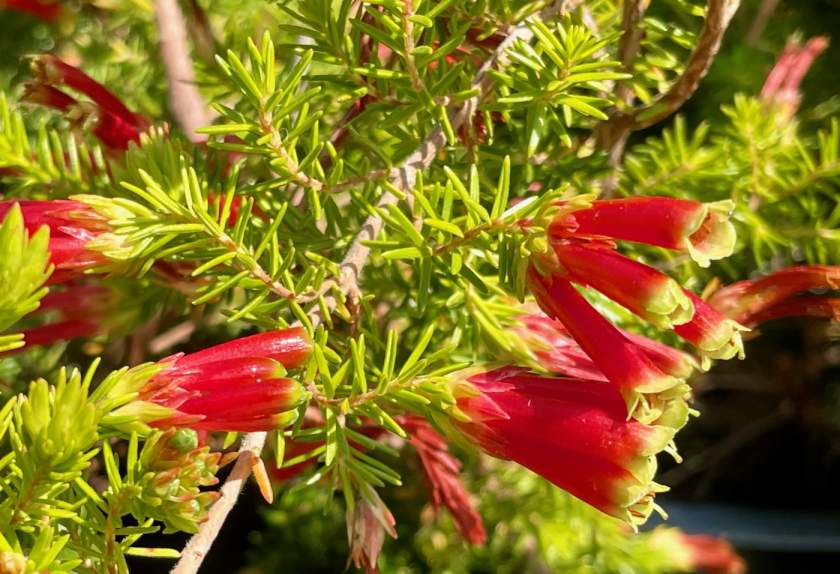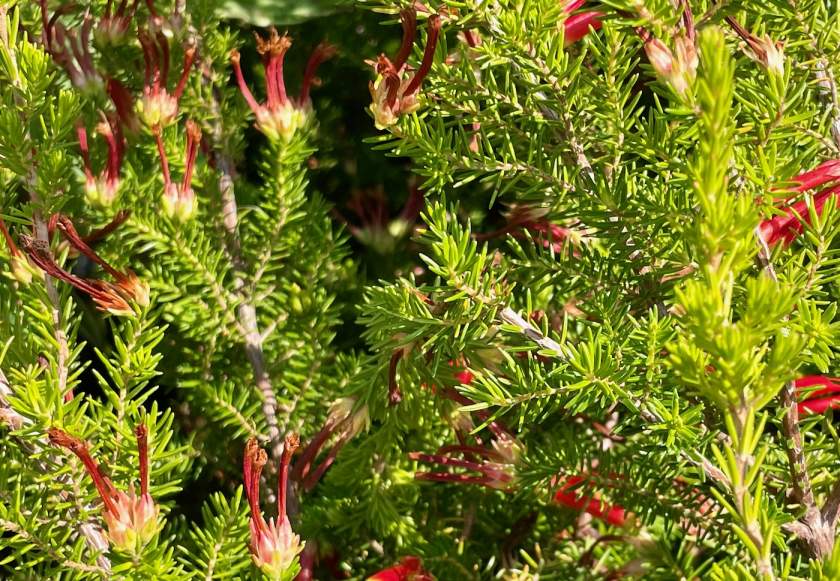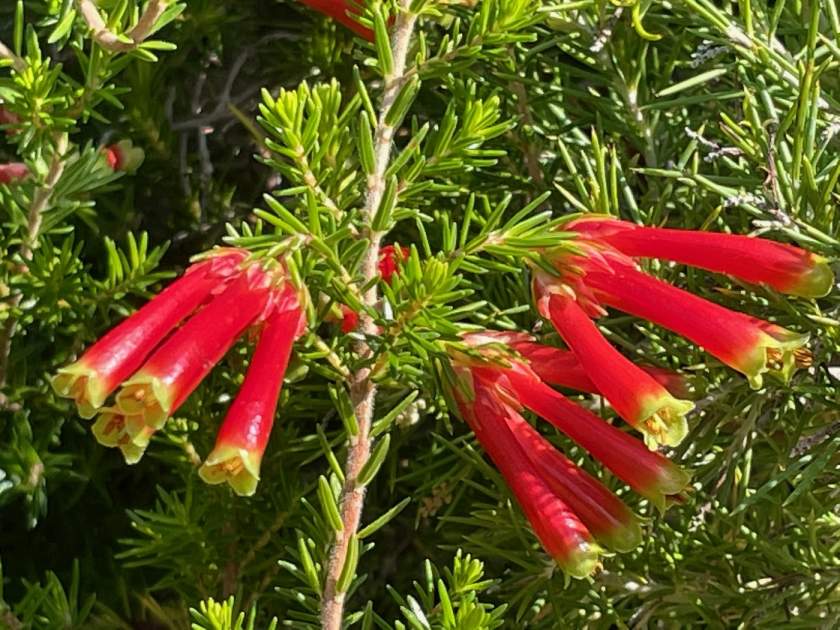Erica Speciosa: A Vibrant Cape Heath with Striking Flowers
Introduction: Erica speciosa, commonly known as Cape Heath, is an evergreen shrub native to South Africa. Belonging to the Ericaceae family, which includes blueberries, cranberries, and rhododendrons, Erica speciosa is highly valued for its ornamental qualities. Its eye-catching flowers and lush foliage make it a popular choice among gardeners and landscaping enthusiasts. In this article, we will explore the characteristics of Erica speciosa, its cultivation requirements, and propagation methods, providing valuable insights for those looking to incorporate this stunning plant into their gardens.
Characteristics of Erica Speciosa: The flowers of Erica speciosa are a sight to behold, with vibrant hues of red and yellow. These tubular-shaped blooms measure approximately 20-30 mm in length and appear in late fall and winter, gracing the landscape from December to March. The foliage of Erica speciosa consists of small, needle-like leaves that are arranged in whorls around the stems, providing a lush green backdrop to the stunning flowers.
Cultivation of Erica Speciosa:
Sunlight: Erica speciosa thrives in full sun to partial shade. While it can tolerate some shade, excessive shade may inhibit flower production. To ensure optimal growth and abundant blooms, provide the plant with ample sunlight.
Watering: While Erica speciosa is considered drought-tolerant, regular watering is essential, particularly during the active growing season. The soil should be kept moist but not waterlogged. Avoid allowing the soil to dry out completely, as this can lead to stress and hinder the plant’s overall health.
Soil: Erica speciosa prefers well-drained soil with a slightly acidic pH. Enhance the drainage and acidity of the soil by incorporating organic matter such as peat moss or pine bark. These amendments will help create a favorable growing environment for the plant.
Pest and Disease Control: Although Erica speciosa is generally resilient, it can still be susceptible to certain pests and diseases. Common culprits include aphids, scale insects, and powdery mildew. Regular monitoring and prompt action are crucial to mitigate potential damage. Treat any infestations or infections using suitable insecticidal soaps or fungicides as recommended.
Propagation:
There are two main methods for propagating Erica speciosa:
Seed Propagation: To propagate Erica speciosa from seeds, sow them in a well-drained potting mix in the spring. Maintain a consistently moist environment and provide a warm temperature ranging from 65 to 75 degrees Fahrenheit. Germination typically occurs within 2-4 weeks, after which you can transplant the seedlings into individual containers or directly into the garden.
Cutting Propagation: For cutting propagation, select healthy and mature stems from the parent plant during the spring or summer. Cuttings should be approximately 4-6 inches long, with the bottom leaves removed. Dip the cuttings in a rooting hormone to enhance root development. Plant the cuttings in a well-drained potting mix and ensure the soil remains consistently moist. Rooting typically occurs within 4-6 weeks, at which point the cuttings can be transplanted into their permanent locations.
With proper care and attention, Erica speciosa can bring a burst of color and elegance to your garden. Its enchanting flowers and evergreen foliage make it a prized addition to any landscape, providing year-round beauty and attracting admiration from both humans and pollinators alike.






